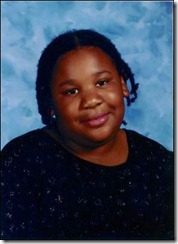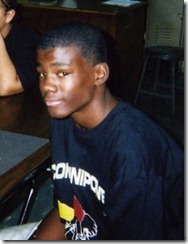It has been seven years after Stuart Watson first reported on Doctors Tish Balance and Michael DeRose and their chain of dental clinics in North Carolina abusing children for financial gain. It has been two and a half years since Tish and Meatball Mike settled with the government for $10 million dollars, yet Dr. Tish appears to still be doing her best to rape the medicaid system and abuse children doing it.
Who in North Carolina is NOT doing their job and protecting the children?? Who in North Carolina is turning a blind eye to Tish Ballance stealing your/our tax dollars?
That is what is happening. It has been reported right here for three years. I know the agencies visit this blog. I'm waiting on an answer.
What is the reason Dr. Tish Ballance is still allowed to steal money from us? Why is she not been put on the "Exclusion" list; barred from participating in the Medicaid programs? Meatball Mike finally made it, but not until 2009 and millions and millions of dollars later.
(of course we know there are ways around that little inconvenience don't we)
Here is a warning I received today from a parent:
I live in Hickory, NC. I had heard about Tish Ballance on the news getting in trouble for Medicaid fraud, but did not remember her name. My son is 6. He went recently for a cleaning to a different dentist and they found a cavity. While I was waiting for his appointment, they did a free screening at his school which also detected a single cavity. When it came time to be filled, our dentist wanted to refer him to another dentist 30 miles away. i decided to find a local dentist that took Medicaid. i found Carolina West Dentist in Conover near my home. I took him there to Tish Ballance's new clinic for children with Medicaid. Just 2 weeks after 2 dentists had diagnosed him with a single cavity, she said he needed caps on 3 molars in addition to the cavity. That's when I checked into her office and found out she had been in trouble before. Beware of this office!!!
Related:
December 2009 Report on Dr. Tish and her horror house









